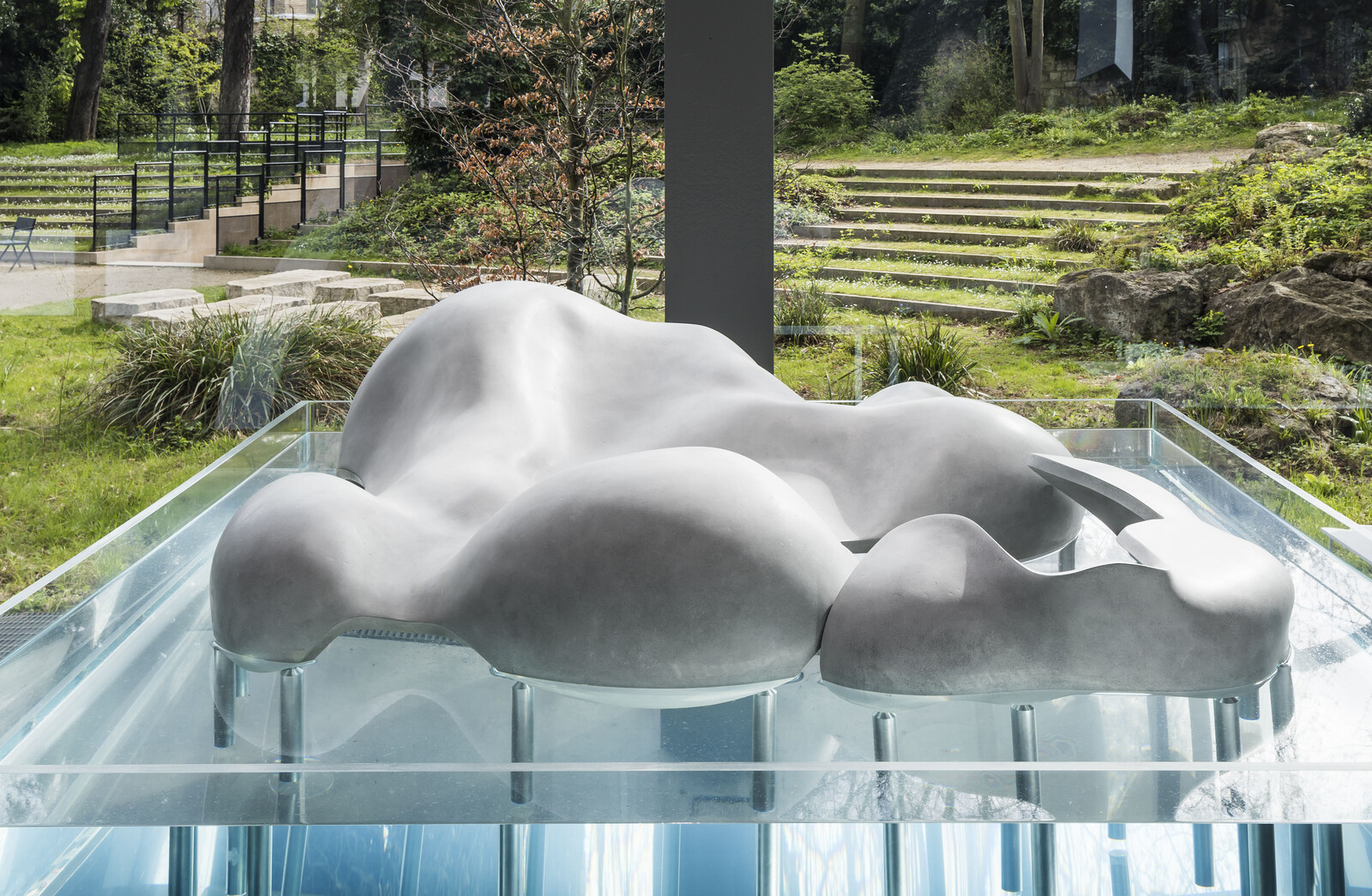Freeing Architecture
March 30–September 9, 2018
261, boulevard Raspail
75014 Paris
France
Hours: Tuesday 11am–10pm,
Wednesday–Sunday 11am–8pm
In response to its resounding public success, the Fondation Cartier pour l’art contemporain is pleased to announce the extension of the exhibition Junya Ishigami, Freeing Architecture until September 9, 2018, before it travels overseas!
The extension of the exhibition, the first of this scale devoted to the Japanese architect, awarded the Golden Lion at the Venice Architecture Biennale in 2010, allows visitors to discover or rediscover his delicate, dreamlike universe through a series of largescale models, films and drawings, documenting the different stages of his creative process.
A new scenery
Junya Ishigami views the surrounding environment as an integral part of each of his projects. He incorporates the scenery in his work, always elevating it, and even going so far as to transform it.
As with his constructions, Junya Ishigami has conceived Freeing Architecture as a body of work in its own right, designed for Jean Nouvel’s building. The building becomes the background and context for this new type of architectural project. The absence of walls enables the viewer to see a landscape of carefully laid out models. Grouped together by elective affinities, the works form chapters—the “world of childhood” is twinned with the kindergarten projects, and “the phenomena of clouds” with Copenhagen’s House of Peace, or Cloud Arch in Sydney—giving each hall a different atmosphere and layout. The visitor is invited to wander along the winding road on a constant discovery of new perspectives.
Models as architecture
Far from being preliminary work tools for the construction of end-user buildings, the models brought together in the exhibition have been specially designed for the occasion. The works are each different in their materials, dimensions and level of detail, and offer an insight into the slow maturing process necessary for the creation of Junya Ishigami’s architectural works—projects whose poetic dimension is based as much on experimentation as on theory, knowledge, and technology.
Architecture as a natural phenomenon
A veritable ode to freedom, Freeing Architecture demonstrates Junya Ishigami’s amazing capacity to conceive his practice as being outside the boundaries of architectural know-how and thinking. A line drawn in the sky outlines a monument (Cloud Arch); a collage of children’s illustrations and drawings serves as a pattern for the roof of a kindergarten (Forest Kindergarten). Junya Ishigami likes to think of architecture as taking shape naturally, like a stone that forms over time. A restaurant and housing project for a chef in southern Japan is conceived “like a rock” (House & Restaurant). Hovering between heaven and earth, a semi-open gathering place for the students of a university evokes an everchanging sky crossed by an imaginary horizon (University Multipurpose Plaza).
Perspectives on a kaleidoscopic body of work
Kindergarten, chapel, museum, landscaped park, house-restaurant, house-garden monument, urban sculpture… the variety of constructions presented in Freeing Architecture speaks to the richness and complexity of a body of work that is constantly being reinvented. Refusing the very possibility of a unique style, Junya Ishigami instead inscribes each building in an aesthetic context of its own, determined by its environment, function, users, and client. The architect approaches each of his projects without preconceived ideas, and never hesitates to question his practice both aesthetically and technically.
Between technical challenges and simplicity
The apparent sobriety of his buildings deliberately overlooks the incredible complexity of their execution. Whether he uses a plot of land to make the architectural mold for his concrete structure (House & Restaurant); construct a glass building without a single column, making it virtually transparent (Park Groot Vijversburg Visitor Center); or undertakes the extension of a museum from the bottom up by revealing and elevating its foundations (Moscow’s Polytechnic Museum), Junya Ishigami is the creator of a body of work that is filled with poetry and simplicity, and that conceals the genuine technical challenges involved in reflecting on humankind’s place in architecture.


